














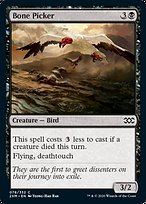








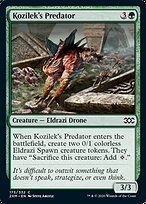


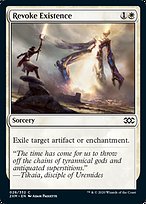







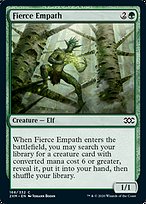





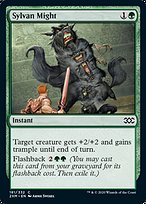














































































Double Masters is a large set with 91 commons, 80 uncommons, 121 rares, and 40 mythic rares. Compared to normal large sets of this era, there are fewer commons, but more rares and mythic rares. Every pack contains two foil cards. The set was printed in the USA and Belgium.
Double Masters was sold in 15 card booster packs (which contain an additional ad card). Booster boxes have 24 packs.
Double Masters uses sequential collation with 121 card sheets. Maybe this isn't the usual US printer as the pack facing is reversed, there are difference in box collation, and printing irregularities don't seem to follow the usual profile.
Packs are front-facing with 8 commons, 3 uncommons, 2 rares, and 2 foils followed by an ad card.
| 8 Commons | 3 Uncommons | 2 Rares | 2 Foils | 1 Ad Card |
There are 3 common runs: A, B, and C. Each of A and B contains 40 distinct cards repeated 3 times. C contains the remaining 11 cards each repeated 11 times. Packs are either 4+3+1, 3+4+1, or 4+4+0. The first two types of packs are equally likely. Packs without a C card are rare; mathematically, they should appear 3/91 of the time.
| A | A | A | A | B | B | B | C |
| A | A | A | B | B | B | B | C |
| A | A | A | A | B | B | B | B |
There are two uncommon runs, A and B, each with 40 different cards appearing three times each. Half of packs have two A cards followed by a B, and half have one A card followed by two B cards. For cards that have showcase variants, one of the copies on the sheet is the showcase variant.
There are five rare runs. Two runs appear in the first rare slot and the other three appear in the second slot. In the first rare slot, one run is fed by a sheet with 50 rares each appearing twice plus 20 mythic rares. The other run has 11 rares (probably each appearing 11 times on its own sheet). In the second slot, there the first two runs (probably on the same sheet) have 33 rares each appearing twice and 27 rares each appearing twice. The third run has the remaining 20 mythics. The slight imbalance between the two slots should create a small rarity distortion. (I am pretty confident there is no "cross-over" card to even out the slots even though there is space on the sheets.)
There are three common foil sheets (mirroring the non-foil common sheets, but with different cards on each sheet), two uncommon sheets (again mirroring the non-foil uncommon sheets, but with different cards), a rare sheet, and a mythic sheet. The two foil cards will be from different sheets, always appearing in the same order (common A before common B before common C before uncommon A, etc). (This implies it is impossible to get two rares or two mythics, but it is possible to get a rare and a mythic, which I have observed. The other cases would have low as-fan so it's possible I simply haven't observed them, but it would violate this is rule which is pretty clearly true for all other slots.) All combinations have been observed except that I've only observed mythics with rares or B uncommons. (Possibly the missing combinations are due to low as-fan.) Counting the two slots together, my empirically observed rarity rates are 1108/1534 common, 350/1534 uncommon, 69/1534 rare, and 7/1534 mythic. The sheet arrangements appear to be shared with the VIP edition.
The A common run consists of 40 different cards each appearing three times. The cards are mostly black, green, and red with no blue cards. The choice of first card is mostly arbitrary.
 |  |  |  |  |  |  |  |  |  |  |
 |  |  |  |  |  |  |  |  |  |  |
 |  |  |  |  |  |  |  |  |  |  |
 |  |  |  |  |  |  |  |  |  |  |
 |  |  |  |  |  |  |  |  |  |  |
 |  |  |  |  |  |  |  |  |  |  |
 |  |  |  |  |  |  |  |  |  |  |
 |  |  |  |  |  |  |  |  |  |  |
 |  |  |  |  |  |  |  |  |  |  |
 |  |  |  |  |  |  |  |  |  |  |
 |  |  |  |  |  |  |  |  |  |
The B common run consists of 40 different cards each appearing three times. The cards are mostly blue and colorless. The choice of first card is mostly arbitrary.
 |  |  |  |  | 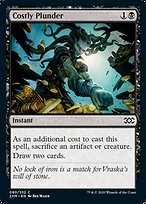 | 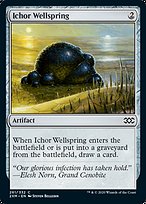 |  | 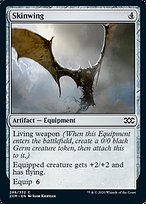 |  |  |
 |  |  |  |  | 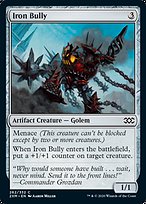 |  | 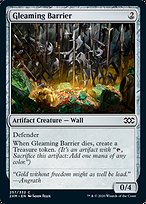 |  |  |  |
 |  |  |  | 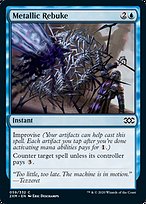 |  |  |  |  |  |  |
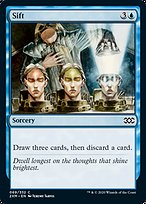 |  |  |  |  |  |  | 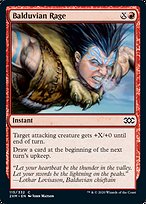 |  |  |  |
 |  |  |  |  |  |  |  |  |  |  |
 |  |  |  |  |  |  |  |  |  |  |
 |  |  |  |  |  |  |  |  |  |  |
 |  |  |  |  |  |  |  |  |  |  |
 |  |  |  |  |  |  |  |  |  |  |
 |  |  |  |  |  |  |  |  |  |  |
 |  |  |  |  |  |  |  |  |  |
The C common run consists of 11 different cards. The cards are all white. The sequence of the first 33 cards is repeated three times, then the first 22 cards of this sequence is repeated again. (This is a bit more uncertain than usually because it is hard to confirm seeing all of a run with this much repetition.)
 |  |  |  |  |  |  | 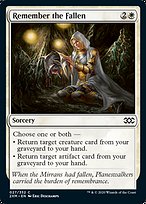 |  |  |  |
 |  |  |  |  |  |  |  |  |  |  |
 |  |  |  |  |  |  |  |  |  |  |
 |  |  |  |  |  |  |  |  |  |  |
 |  |  |  |  |  |  |  |  |  |  |
 |  |  |  |  |  |  |  |  |  |  |
 |  |  |  |  |  |  |  |  |  |  |
 |  |  |  |  |  |  |  |  |  |  |
 |  |  |  |  |  |  |  |  |  |  |
 |  |  |  |  |  |  |  |  |  |  |
 |  |  |  |  |  |  |  |  |  |  |
The A uncommon run consists of 40 different cards each appearing three times. For cards that have showcase variants, one of the copies on the sheet is the showcase variant. The choice of first card is mostly arbitrary.
 |  |  |  |  |  | 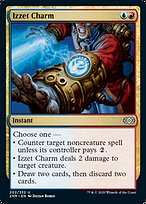 |  |  |  |  |
 |  | 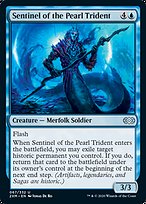 |  |  |  |  |  |  |  | 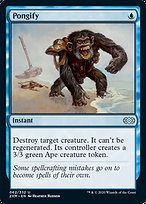 |
 |  |  |  |  |  |  |  |  |  | 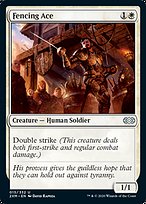 |
 |  | 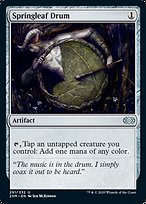 |  |  |  |  |  |  |  |  |
 |  |  |  |  |  |  |  |  |  |  |
 |  |  |  |  |  |  |  |  |  |  |
 |  |  |  |  |  |  |  |  |  |  |
 |  |  |  |  |  |  |  |  |  |  |
 |  |  |  |  |  |  |  |  |  |  |
 |  |  |  |  |  |  |  |  |  |  |
 |  |  |  |  |  |  |  |  |  |
The B uncommon run also consists of 40 different cards each appearing three times. For cards that have showcase variants, one of the copies on the sheet is the showcase variant. The choice of first card is mostly arbitrary.
 | 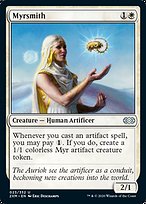 |  |  |  |  |  |  |  |  |  |
 |  |  | 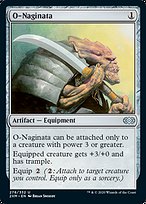 |  |  |  |  |  |  |  |
 |  |  |  |  |  |  |  |  |  |  |
 |  |  |  |  |  |  |  |  |  |  |
 |  |  |  |  |  |  |  |  |  |  |
 |  |  |  |  |  |  |  |  |  |  |
 |  |  |  |  |  |  |  |  |  |  |
 |  |  |  |  |  |  |  |  |  |  |
 |  |  |  |  |  |  |  |  |  |  |
 |  |  |  |  |  |  |  |  |  |  |
 |  |  |  |  |  |  |  |  |  |
| Rare 1B |
|---|
All of the marketing cards in Core Set 2021 have a token on the front face. They are printed on an 11 × 11 sheet with different items appearing different numbers of times. The choice of first card is mostly arbitrary.
 |  |  |  |  |  |  |  |  |  |  |
 |  | 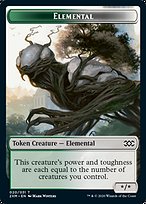 |  |  |  |  |  |  |  |  |
 |  |  |  |  |  |  | 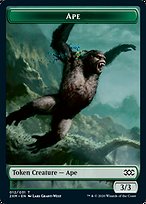 |  |  |  |
 |  |  |  |  |  |  |  |  |  |  |
 | 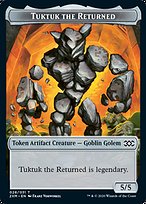 |  |  |  |  |  |  |  |  |  |
 |  |  |  |  |  |  |  |  |  |  |
 |  |  |  |  |  |  |  |  |  |  |
 |  |  |  |  |  |  |  |  |  |  |
 |  |  |  |  |  |  |  |  |  |  |
 |  |  |  |  |  |  |  |  |  |  |
 |  |  |  |  |  |  |  |  |  |  |
| Token Rarity | ||
|---|---|---|
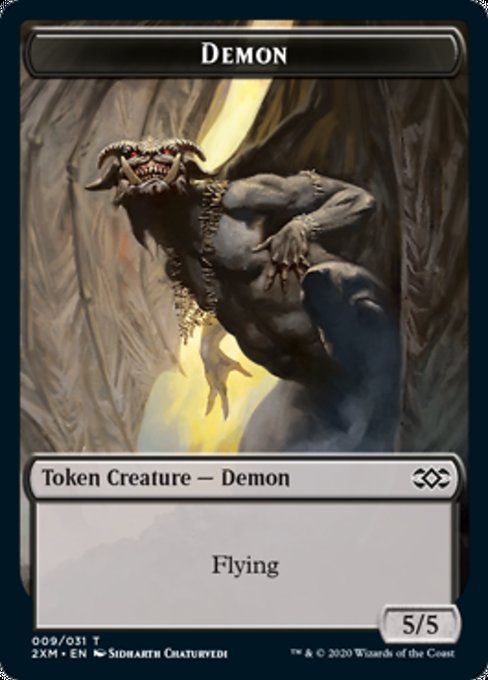 Demon × 2 Demon × 2 |  Marit Lage × 2 Marit Lage × 2 |  Tuktuk the Returned × 2 Tuktuk the Returned × 2 |
 Wurm × 2 Wurm × 2 |  Wurm × 2 Wurm × 2 |  Angel × 3 Angel × 3 |
 Ape × 3 Ape × 3 |  Beast × 3 Beast × 3 | 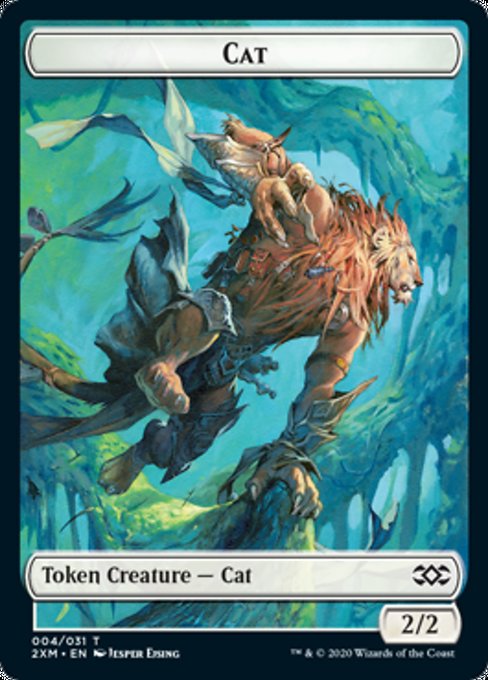 Cat × 3 Cat × 3 |
 Elephant × 3 Elephant × 3 |  Elf Warrior × 3 Elf Warrior × 3 |  Plant × 3 Plant × 3 |
 Shapeshifter × 3 Shapeshifter × 3 |  Soldier × 3 Soldier × 3 |  Squirrel × 3 Squirrel × 3 |
 Thopter × 3 Thopter × 3 | 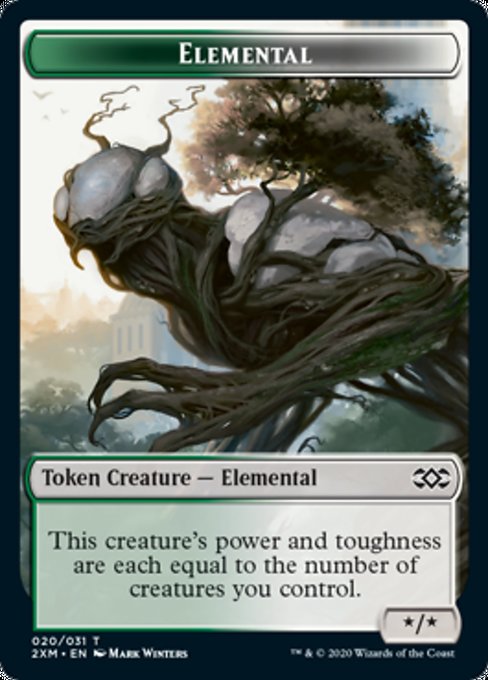 Elemental × 4 Elemental × 4 |  Golem × 4 Golem × 4 |
 Human Soldier × 4 Human Soldier × 4 |  Myr × 4 Myr × 4 |  Ooze × 4 Ooze × 4 |
 Saproling × 4 Saproling × 4 |  Thopter × 4 Thopter × 4 |  Wolf × 4 Wolf × 4 |
 Clue × 5 Clue × 5 | 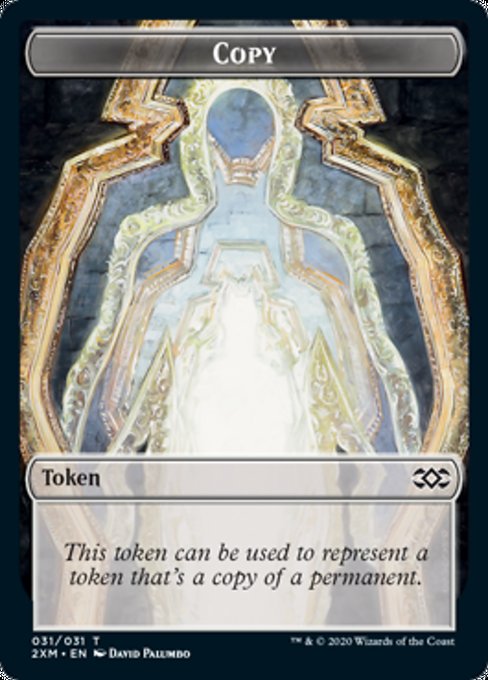 Copy × 5 Copy × 5 |  Eldrazi Spawn × 5 Eldrazi Spawn × 5 |
 Germ × 7 Germ × 7 |  Myr × 7 Myr × 7 |  Servo × 8 Servo × 8 |
 Treasure × 9 Treasure × 9 | ||
| Tokens (With Reverse Side) |
|---|
|
The foil common A run consists of 40 different cards each appearing three times. The choice of first card is mostly arbitrary.
 |  |  |  |  |  |  |  |  |  |  |
 |  |  |  |  |  |  |  |  |  |  |
 |  |  |  |  |  |  |  |  |  |  |
 |  |  |  |  |  |  |  |  |  |  |
 |  |  |  |  |  |  |  |  |  |  |
 |  |  |  |  |  |  |  |  |  |  |
 |  |  |  |  |  |  |  |  |  |  |
 |  |  |  |  |  |  |  |  |  |  |
 |  |  |  |  |  |  |  |  |  |  |
 |  |  |  |  |  |  |  |  |  |  |
 |  |  |  |  |  |  |  |  |  |
The foil common B run consists of 40 different cards each appearing three times. The choice of first card is mostly arbitrary.
 |  |  |  |  |  |  |  |  |  |  |
 |  |  |  |  |  |  |  |  |  |  |
 |  |  |  |  |  |  |  |  |  |  |
 |  |  |  |  |  |  |  |  |  |  |
 |  |  |  |  |  |  |  |  |  |  |
 |  |  |  |  |  |  |  |  |  |  |
 |  |  |  |  |  |  |  |  |  |  |
 |  |  |  |  |  |  |  |  |  |  |
 |  |  |  |  |  |  |  |  |  |  |
 |  |  |  |  |  |  |  |  |  |  |
 |  |  |  |  |  |  |  |  |  |
I haven't completed the foil common C run.
| Foil Common C |
|---|
The Belgian printing uses sequential collation.
Packs are front-facing with 8 commons, 3 uncommons, 2 rares, and 2 foils followed by an ad card.
| 8 Commons | 3 Uncommons | 2 Rares | 2 Foils | 1 Ad Card |
There are two common runs, A and B. A has 30 different cards each with four copies plus one copy of Vulshok Gauntlets, and B has 60 different cards each twice plus another copy of Vulshok Gauntlets. This means Vulshok Gauntlets is a 3/4 short-print. Packs have 2-3 A cards followed by 5-6 B cards. Mathematically, 2 A packs should appear 1/3 of the time.
The A common run consists of 30 different cards each appearing four times plus Vulshok Gauntlets, the short-printed common. The choice of first card is mostly arbitrary.
 |  |  |  |  |  |  |  |  |  |  |
 |  |  |  |  |  |  |  |  |  |  |
 |  |  |  |  |  |  |  |  |  |  |
 |  |  |  |  |  |  |  |  |  |  |
 |  |  |  |  |  |  |  |  |  |  |
 |  |  |  |  |  |  |  |  |  |  |
 |  |  |  |  |  |  |  |  |  |  |
 |  |  |  |  |  |  |  |  |  |  |
 |  |  |  |  |  |  |  |  |  |  |
 |  |  |  |  |  |  |  |  |  |  |
 |  |  |  |  |  |  |  |  |  |  |
The A common run consists of 60 different cards each appearing twice plus Vulshok Gauntlets, the short-printed common. The choice of first card is mostly arbitrary.
 |  |  |  |  |  |  |  |  |  |  |
 |  |  |  |  |  |  |  |  |  |  |
 |  |  |  |  |  |  |  |  |  |  |
 |  |  |  |  |  |  |  |  |  |  |
 |  |  |  |  |  |  |  |  |  |  |
 |  |  |  |  |  |  |  |  |  |  |
 |  |  |  |  |  |  |  |  |  |  |
 |  |  |  |  |  |  |  |  |  |  |
 |  |  |  |  |  |  |  |  |  |  |
 |  |  |  |  |  |  |  |  |  |  |
 |  |  |  |  |  |  |  |  |  |  |